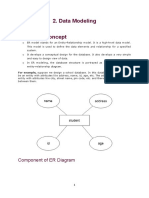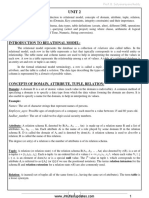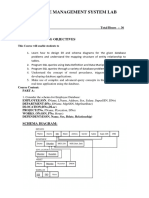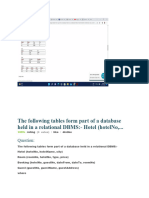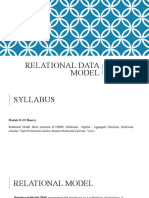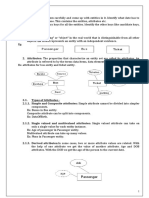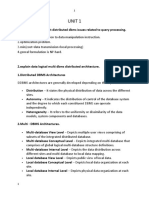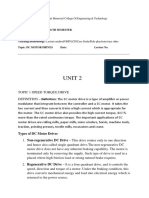0% found this document useful (0 votes)
301 views6 pagesKey Constraint
This document outlines a lecture plan for a Database Management Systems course. It will cover the topic of keys in a DBMS. The lecture defines several types of keys including primary keys, foreign keys, candidate keys, surrogate keys and their properties and differences. It provides examples to illustrate each key type. It also lists questions for students about the differences between primary and unique keys, explaining different keys and integrity constraints, and when to use different types of primary keys. References for further reading are included.
Uploaded by
Vikram NikhilCopyright
© © All Rights Reserved
We take content rights seriously. If you suspect this is your content, claim it here.
Available Formats
Download as PDF, TXT or read online on Scribd
0% found this document useful (0 votes)
301 views6 pagesKey Constraint
This document outlines a lecture plan for a Database Management Systems course. It will cover the topic of keys in a DBMS. The lecture defines several types of keys including primary keys, foreign keys, candidate keys, surrogate keys and their properties and differences. It provides examples to illustrate each key type. It also lists questions for students about the differences between primary and unique keys, explaining different keys and integrity constraints, and when to use different types of primary keys. References for further reading are included.
Uploaded by
Vikram NikhilCopyright
© © All Rights Reserved
We take content rights seriously. If you suspect this is your content, claim it here.
Available Formats
Download as PDF, TXT or read online on Scribd
/ 6








